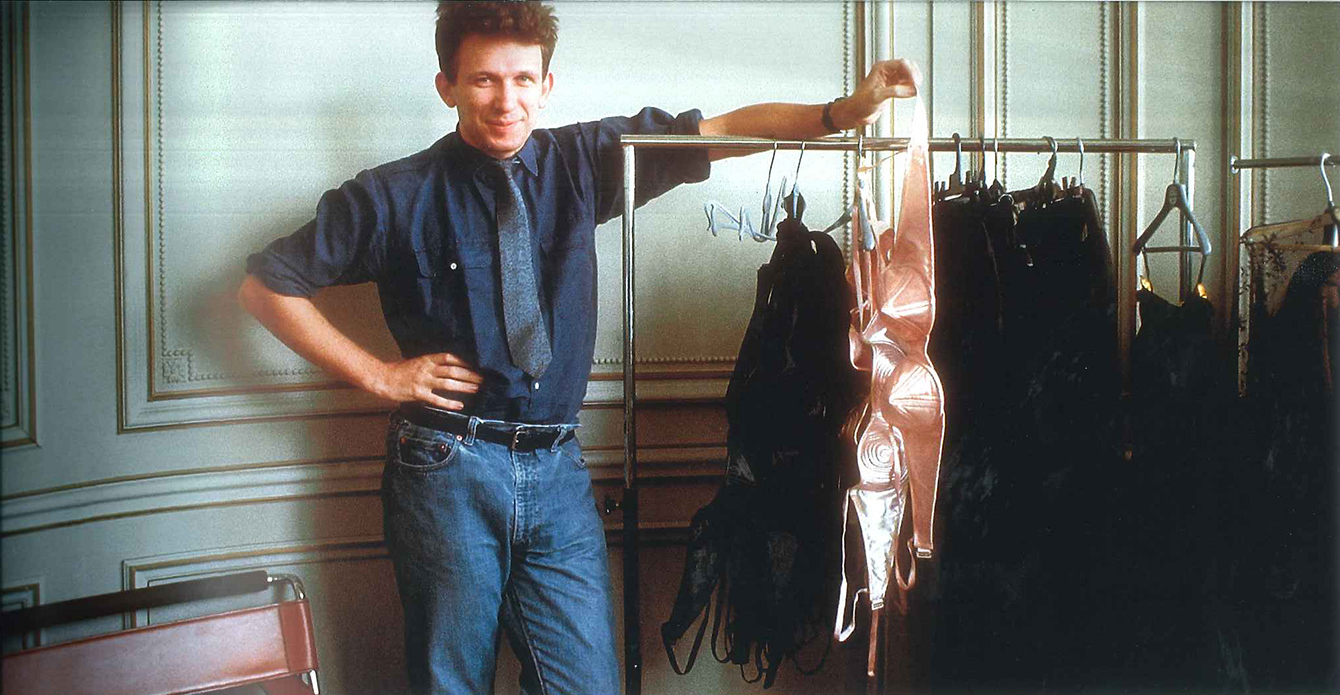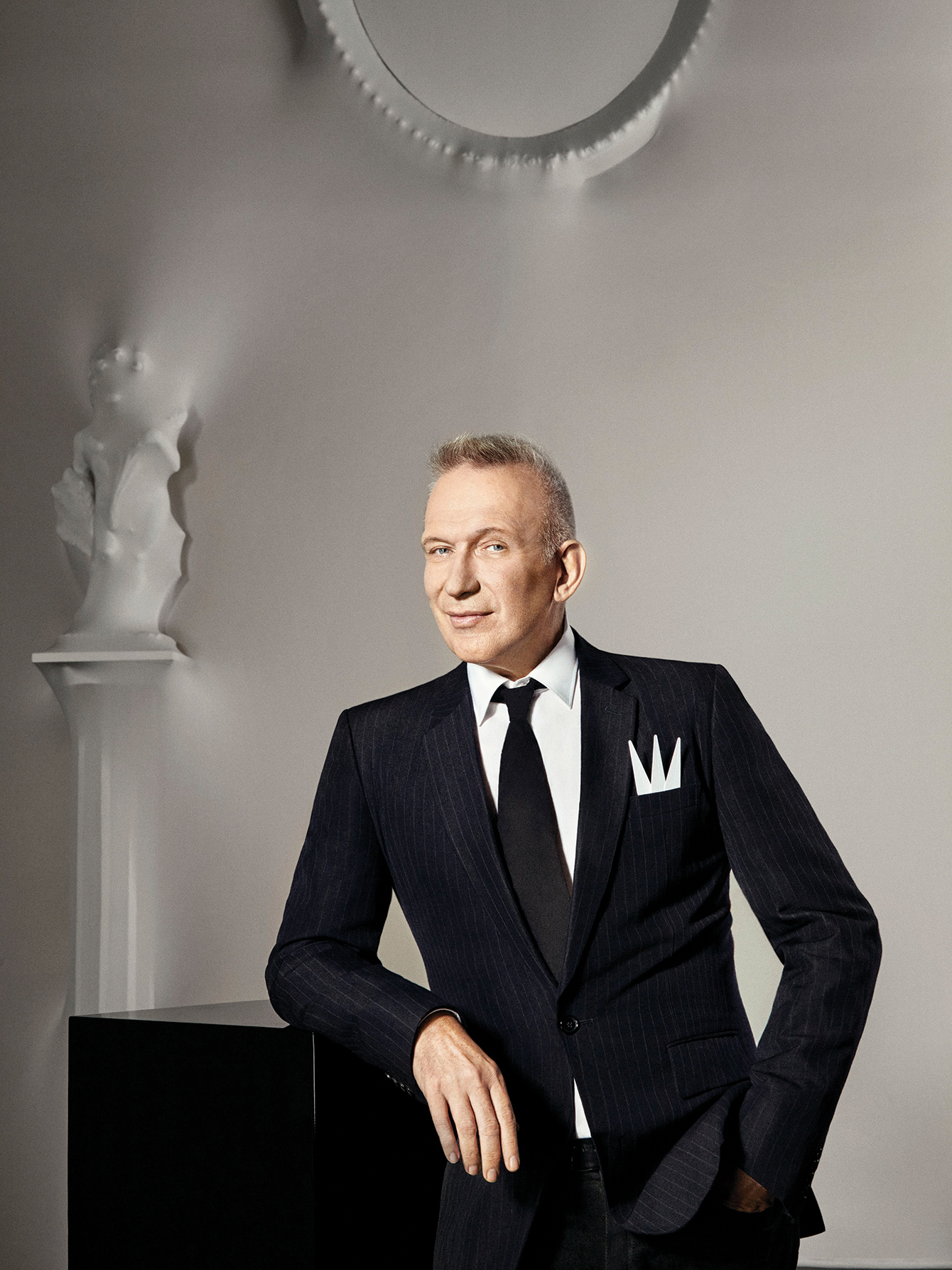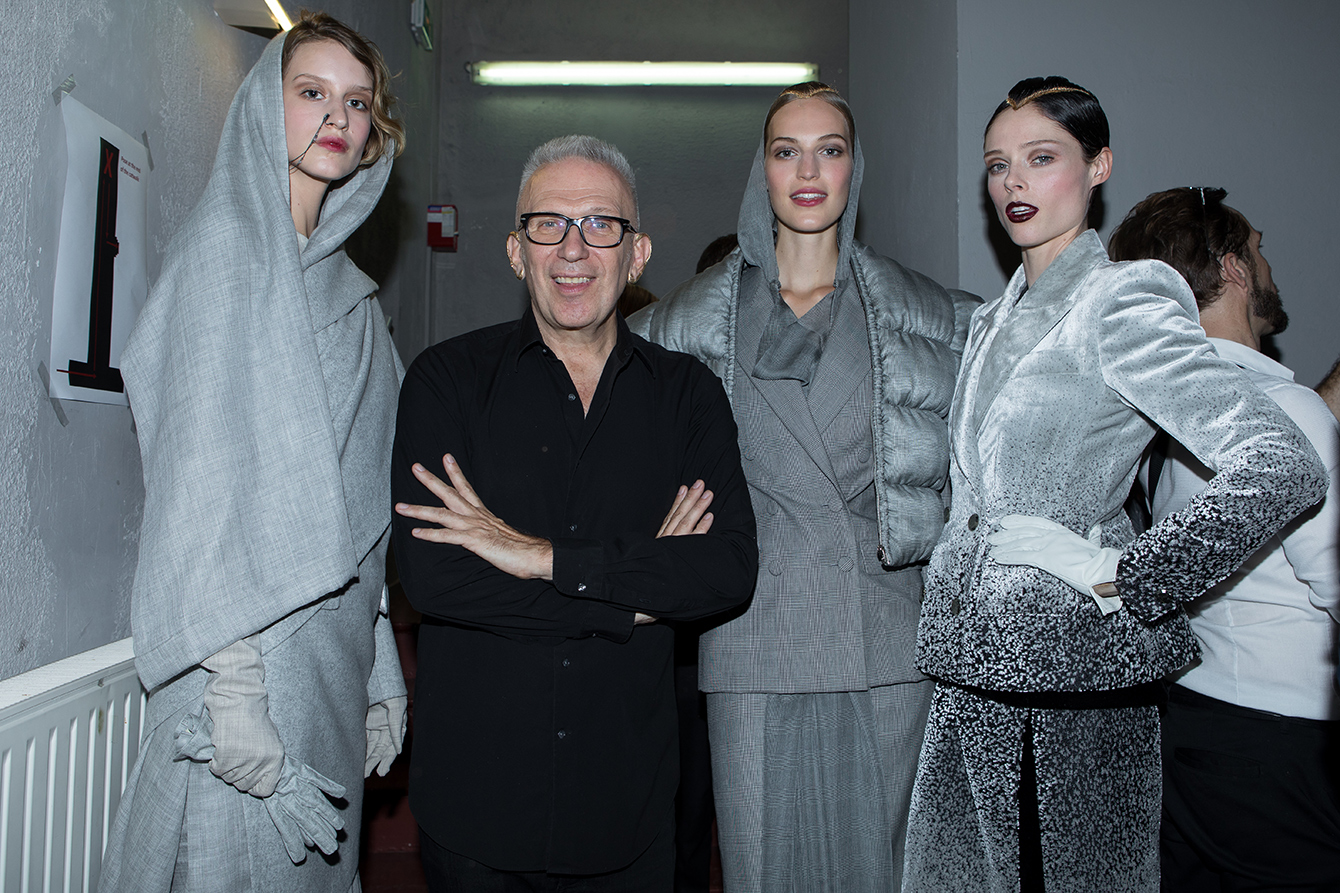As a groundbreaking sartorial force, Jean Paul Gaultier has managed to carve a unique niche for himself within the haute couture world by crafting highly streetwear-influenced collections, and propelled the sailor top and corsetry to great fashion-fame heights.
Dubbed the enfant terrible of French fashion, the designer has been known for his inventive catwalk shows and fascination with the off-kilter ever since his very first eponymous collection in 1976.

Season after season, the creative genius brings a dash of joie de vivre to the runways with theatre-worthy performances, and constantly transcends the boundaries of gender and stereotyped images of beauty by casting unconventional models.
Gaultier’s cheeky nature has also helped him make a big splash in the fragrance arena, starting with the launch of his blockbuster women’s scent Classique in 1993. Housed in a curvaceous corseted bottle and tin-can-like packaging, the scent achieved a success that has led to many limited-edition interpretations of the original floral, with new lingerie styles and tins to match.
Here, the rebellious innovator, whose love for style was hugely influenced by his grandmother, opens up about his signature aesthetic, quitting ready-to-wear, and fond scent memories.

ON HIS TOUGHEST LIFE LESSON:
“To be yourself and to be honest. When I was younger, I wasn’t very accepted by boys at school. I felt rejected because I wasn’t good at football and those kinds of games. I would lie to sound more interesting, and say things like, ‘My cousin was a top model,’—stupidity. The day I started doing what I wanted to do and got accepted for my sketches, I didn’t have to lie anymore. Accept who you are and use that to your advantage.”
ON HIS LONGTIME OBSESSION WITH CORSETS:
“I found this beautiful salmon satin corset of my grand- mother’s in her cupboard and asked her what it was. She explained it to me, and it stuck in my head. When I started my own collection, it was during the time of the women’s liberation movement. Women want- ed to wear trousers and burn their bras in protest to say, ‘We’re not female objects.’ But their daughters, who were my age, wanted to wear bras to be sexy, because they had chosen to be sexy, and were not obliged to be sexy—which is very different. I liked that, and it made me think back to my grandmother. I thought, ‘Why not wear a corset or bra under a jacket?’ So I started mixing a lot of masculine jackets with corset dressing.”
ON HIS CURRENT MODEL MUSES:
“I’ve loved Canadian model Coco Rocha for a long time. She’s very clever and talented, and she’s danced for me [in my shows]. I always make a part for Coco. She’s very inspiring. And Vanessa Axente is the face of my new perfume. She looks quite classic and sexy, but she has a unique nose—a nose like Marlon Brando’s. She also has this attitude that truly reminds me of models from the ’80s.”

ON THE SCENT OF CLASSIQUE:
“It has touches of face powder and nail polish, childhood memories of my grandmother. I also wanted something that smelled like it tasted sweet—like you wanted to eat it.”
ON WHAT SPARKED HIS TIN-CAN PACKAGING:
“[At the time of] my third fashion show in 1978, I opened a can of cat food and thought, ‘Oh, it looks like an African bracelet!’ So I turned cans silver and gave them to my models to wear. When I launched my perfume, I thought the metallic can idea, which looks very industrial in some way, would be a beautiful contrast to what’s inside: a very feminine, flesh-toned bottle shaped like a woman’s body and dressed in a corset.”
ON LEAVING READY-TO-WEAR IN 2014:
“I’m getting older and I think the profession is strange. Now, it’s about producing more and more collections, which I don’t think is the right thing. It’s just go, go, go. You have no more time to think and to see which direction you want to take it. So I said, ‘I’m finished. I will concentrate on couture and some other different projects.’”
ON WHAT’S NEXT:
“To create a cabaret show about fashion. That will be next year and Coco Rocha will be part of it. Why not make fashion for people to purely look at, and not to sell?”
